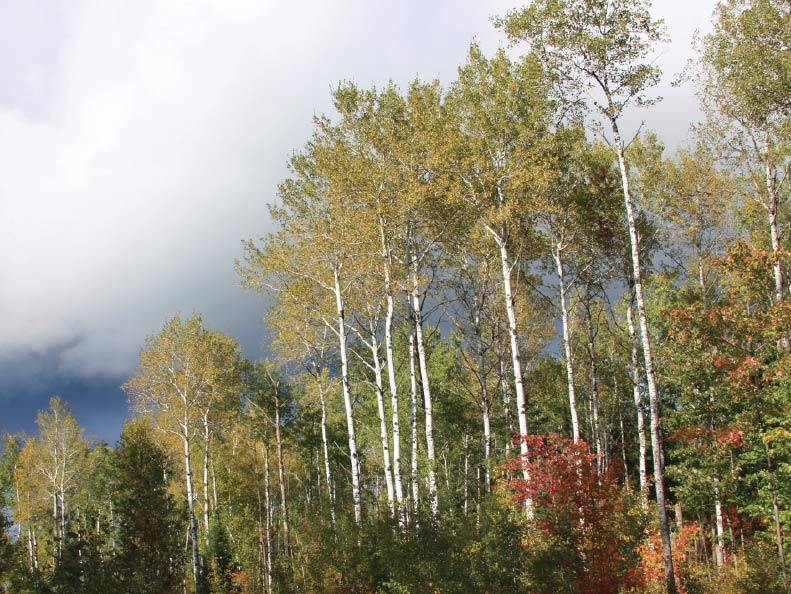By Alissa Johnson
In the last issue of Wilderness News, we learned about Climate Generation: A Will Steger Legacy, which is reframing the way that people talk about the issue of climate change, incorporating not only the science but the potential solutions. In this issue, we learn about some of the ways that climate change is expected to affect the Boundary Waters region.
While there are still those who deny climate change, scientists from all types of institutions—from universities to state agencies—have been working to understand the effects of climate change in the Boundary Waters region. There are still many unknowns, but from their work, one thing is becoming clear: the central question is no longer if change will occur but to what degree. Changes are being seen in temperature, precipitation, and plant species, and changing climate conditions are also placing stressors on animal populations. Over the next several decades, the boreal forest so iconic to the northwoods could significantly change.
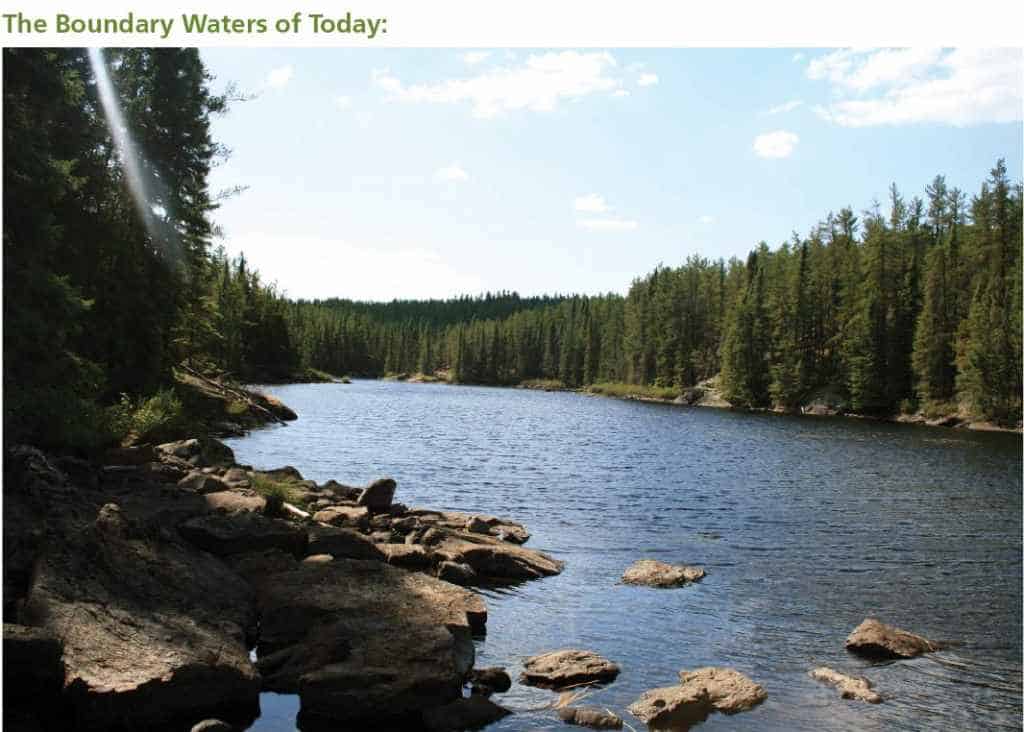
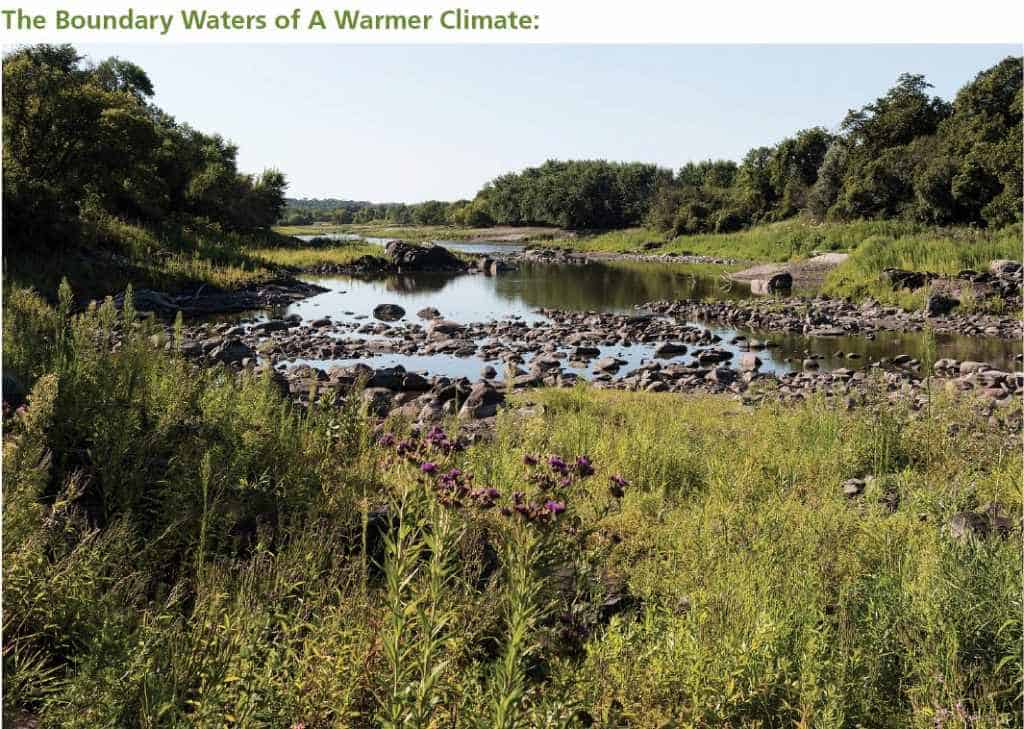
The epicenter of warming
In many ways, the Boundary Waters region lies at the heart of warming in Minnesota. Kenny Blumenfeld is a climatologist with Minnesota’s State Climatology Office. He says that the locations typically vying to set records as the coldest are being affected the most. “From a really basic standpoint, warming in northern Minnesota is well underway and is actually warming faster… than any other part of the state,” he said.
Winter temperatures and overnight lows are seeing the greatest amount of change. While the region has set some warm weather records during the summer, there is no trend showing an increase in the intensity of summer heat. Instead, winter has been warming at a rate that is ten times faster than summer—one degree Fahrenheit per decade compared to 1/10th of a degree.
“That, to me, is the number one change that we have seen because it’s reducing the extreme cold conditions in winter so fast that areas in northern Minnesota that routinely went to negative forty, struggle to do it now. As an example, this last winter, no official National Weather Service Cooperative Observer station hit -40°F. That’s pretty unusual,” he said. As a public speaker, Blumenfeld has had audiences cheer at the idea of a warmer winter, but he points out that cold temperatures play an important role in the ecosystem.
“It’s true that winter, for the foreseeable future, will still get cold enough that it could kill a person if they’re not prepared, but this eroding of the coldest temperatures causes secondary events that we’re just starting to understand. There’s a lot that we don’t know—what that means for the forest ecosystem or anything depending on an integrative landscape. We’re changing the settings,” he said.
And temperatures aren’t the only thing changing. According to Blumenfeld, northeastern Minnesota shows small signs of intermediate-term drying while the rest of the state grows wetter.
“In the area warming the fastest it’s actually not getting any wetter so there is a net loss of water occurring… and that could be stressing some of the forest,” Blumenfeld said. That could be important given the final trend that Blumenfeld noted: incidents of unprecedented rainfall. While things might tend to be drier, large rainfall events, like the one experienced in Duluth a few years ago, are getting slightly larger and happening more frequently.
“With the combination of the rapid temperature changes and the fact that precipitation isn’t keeping up in northeastern Minnesota, the forests are going to be more susceptible to disturbance or damage by extreme weather events because there will be less structural hardiness. It’s a time of pretty rapid change,” Blumenfeld said.
Changing landscapes
Change is already being documented in the Boundary Waters Region. Lee Frelich is director of the University of Minnesota Center for Forest Ecology. He and several PhD students have been studying the Boundary Waters Canoe Area Wilderness region for about a decade, and Frelich is also developing a model that will project biomes in each part of the region, down to an extremely small scale. Based on their combined work, Frelich expects the boreal forest—spruce, fir, birch, aspen and even jack pine and black spruce—to be invaded by temperate species like red maple, basswood and northern red oak over the next few decades.
“We’re already seeing that happen in the seedling layer,” Frelich said. Graduate student Dave Chaffin surveyed over 2,000 plots throughout the Boundary Waters and nearly all of them had red maple seedlings. Another graduate student, Nick Fisichelli, studied summer temperature conditions for boreal and temperate forest and found that, at cooler temperatures, spruce and fir seedlings grow faster than maple and oak. At warmer temperatures, maple and oak seedlings grow faster. As temperatures continue to climb, conditions will favor those temperate trees.
Frelich expects that temperate forest to last in eastern parts of the Boundary Waters with possible pockets of boreal forest. But based on the work of a third student, Nick Danz, who studied the boundary between forest and prairie, Frelich projects that the central and western parts of the wilderness area will eventually transition to oak savannah.
That variation primarily stems from temperature differences across the region. Graduate student Chaffin also distributed temperature sensors across the Boundary Waters and measured the temperature every two hours for two years. The eastern part of the wilderness is about 10 degrees cooler in summer than the area surrounding Ely, Minn., and is more conducive to temperate forests than the central and western regions. In the northeastern parts of the Boundary Waters, Frelich also expects to see variation between north and south facing slopes, where more solar radiation creates higher temperatures and causes more water to evaporate than on northern slopes. It’s on those northern slopes that boreal forest could remain. It’s also possible that in the middle and western parts of the wilderness there will be oak savannah on southern slopes and temperate forests on northern slopes.
Frelich expects to see a similar transformation in Quetico Provincial Park. “Quetico will pretty much be the same because it’s pretty much at the same latitude as the Boundary Waters,” he said.
Impacts on animal and fish populations
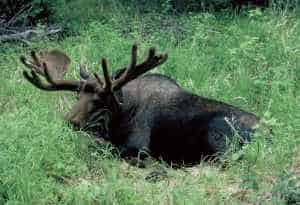
Frelich is succinct when it comes to understanding what the change in forest will mean for animal populations. “When the boreal forest goes, the moose go with it, the lynx and probably the blackbacked woodpecker,” he said, pointing out that lynx are already being replaced by bobcat in some areas. Bobcat are already being seen where lynx would typically thrive, and researchers have found that warming temperatures are a stressor for the region’s declining moose population.
Ron Moen is an Associate Professor at the University of Minnesota Duluth and a Senior Research Associate at the Natural Resources Research Institute. He has studied both moose and Canada Lynx, among other mammals, and explained that northeastern Minnesota and Ontario are on the southern edge of the boreal forest. That can make animal populations more susceptible to change, and changes have occurred in moose and Canada Lynx that can be related to climate change. He emphasized, however, that there are many factors at play.

Most recently, for example, moose have garnered attention because of their declining numbers in the region. According to Moen, warming temperatures have placed stressors on the species, but parasites, habitat changes and predation all play a role as well—and the decline is still being studied. However, for adult moose in particular, parasites and diseases related to warming temperatures have contributed to the decline. And a study conducted in conjunction with the Minnesota Zoo showed the respiration rate of moose increases at about 68 degrees Fahrenheit for the same reason that a dog or sheep might pant: moose don’t sweat and need to lose heat. That can have significant implications, causing animals to forage at night rather than during the day, which is a less efficient way of eating.
The takeaway, according to Moen, is that, “Change is happening and we’re seeing it. But it’s something that you don’t necessarily, as an individual, see from day to day or even from week to week.”
Cold water fish are also showing signs of change, though in an interesting twist, lakes in the Boundary Waters could provide a refuge for such species. Peter Jacobson is a research scientist with the Minnesota Department of Natural Resources. He confirmed that some cold water fish have been on the decline since the early 1980s, most notably Cisco, a cold water fish found in 650 lakes across the state.
“We think climate change is a big part of that,” he said. Yet the further north you go, he noted, and the deeper and clearer the lake, the better things are. “We used those properties to identify 176 of those 650 lakes that are probably going to be refuges from climate change.”
In those 176 lakes, cold water fish are going to persist, and some of those lakes are in the Boundary Waters. “It’s critical that we protect those lakes and ensure that they are going to be refuges from climate change in the future, protecting their water quality and for lakes in the northern part of the state, keeping watersheds forested,” he said.
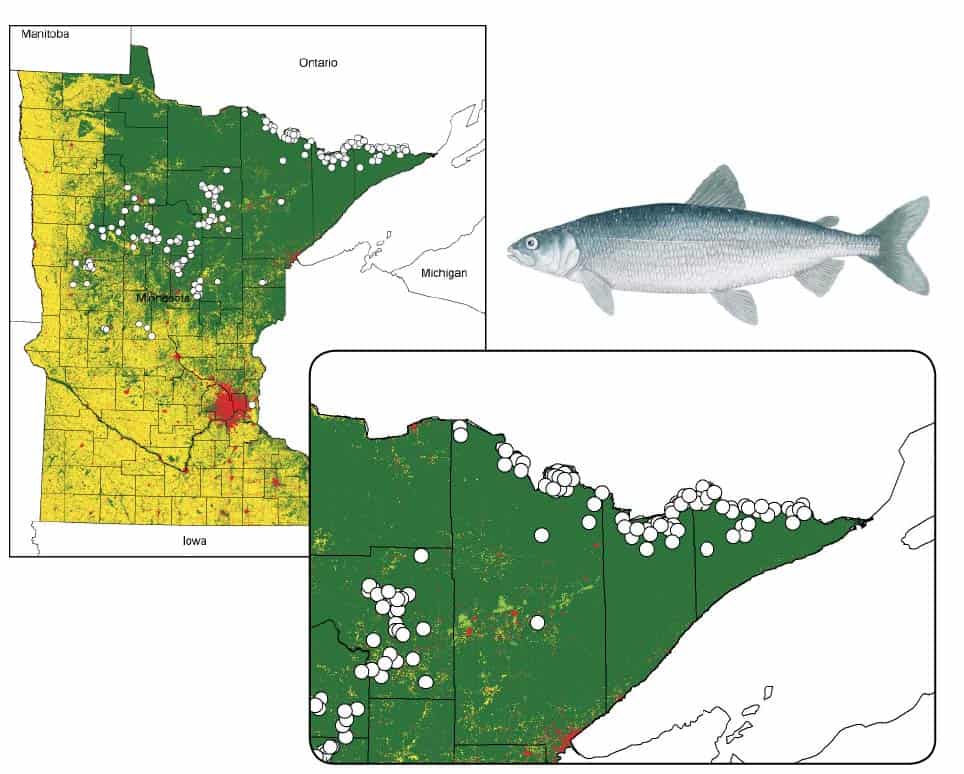
Making sense of the changes
Uncovering the changes that are resulting from climate change is one thing. Figuring out what to do with the information is another. In the next issue of Wilderness News, we’ll look at some of the things people are doing to impact and prepare for climate change.
But there is an emotional component, too. These impacts change the nature of a landscape beloved for being a boreal forest, with moose, lynx, and other northwoods animals. When you read about the changes, how does that make you feel? Email us at editor@wildernessnews.org or go to our facebook page at www.facebook.com/wildernessnews and share your view.
